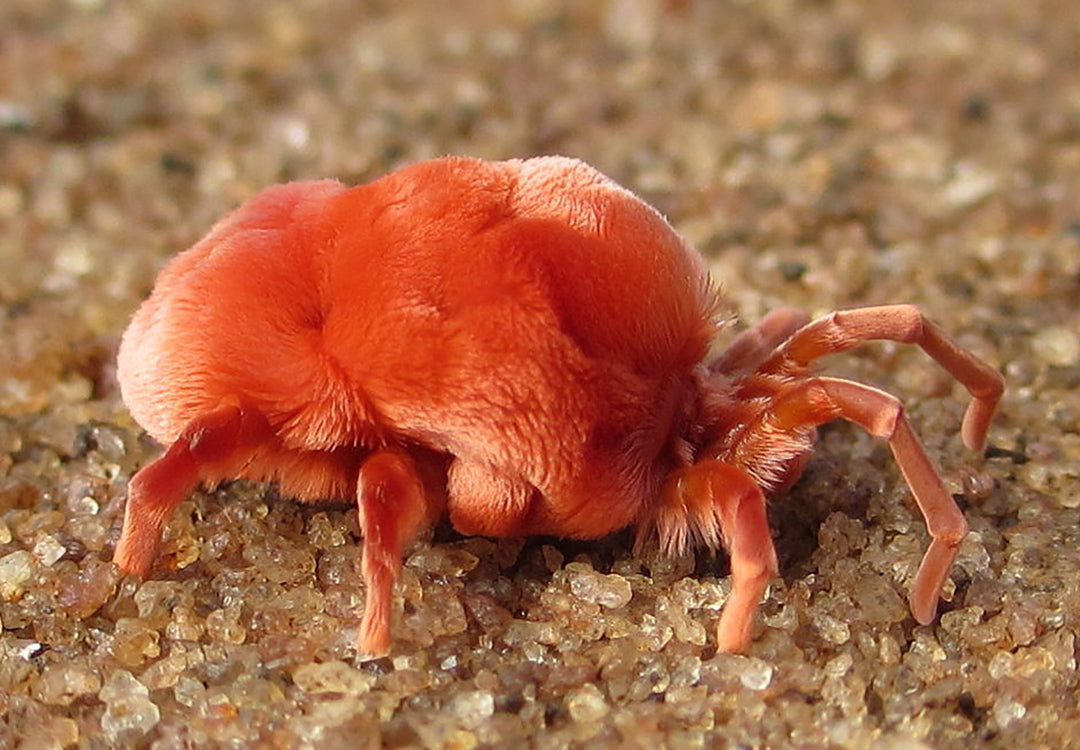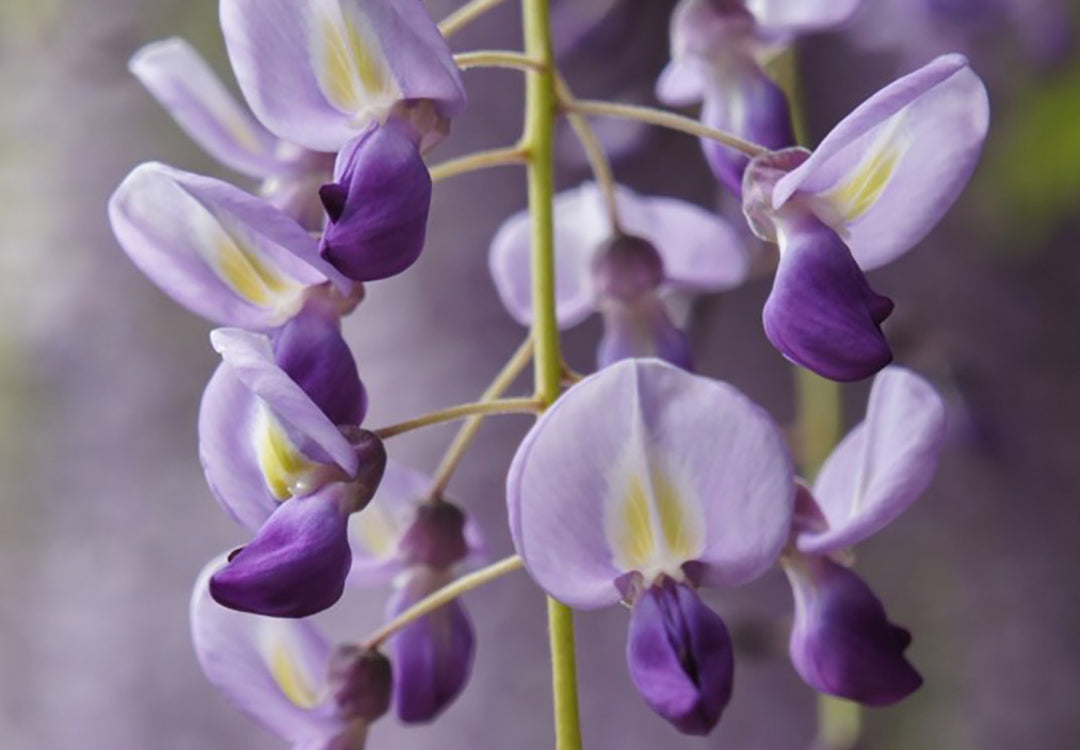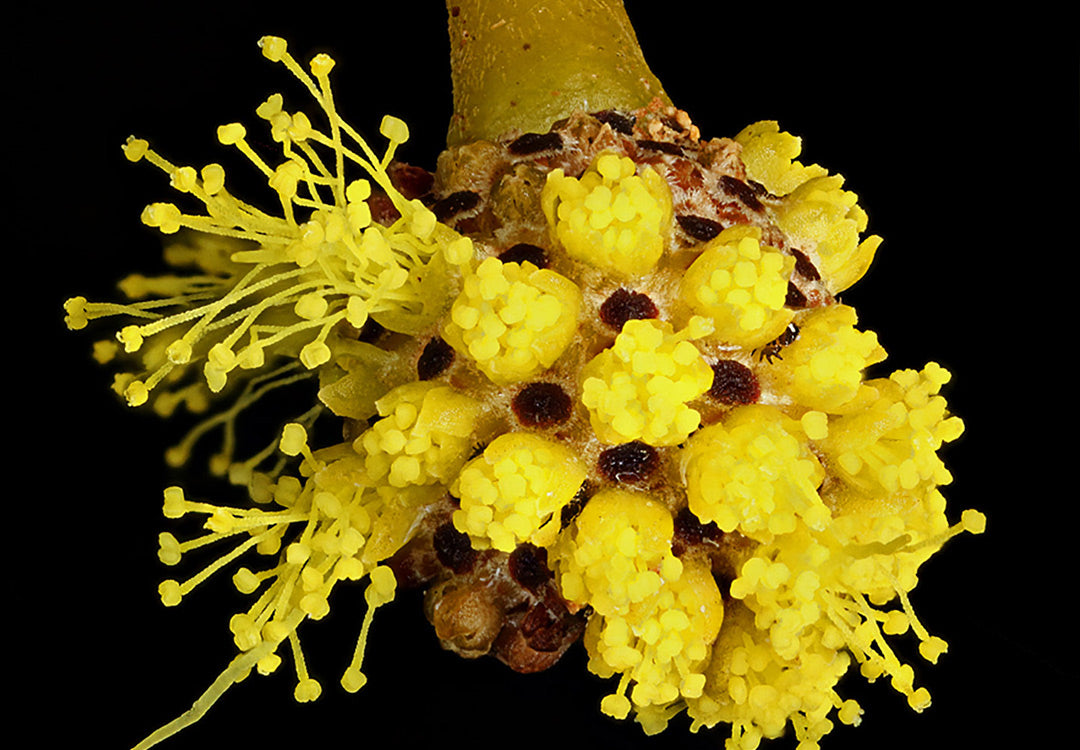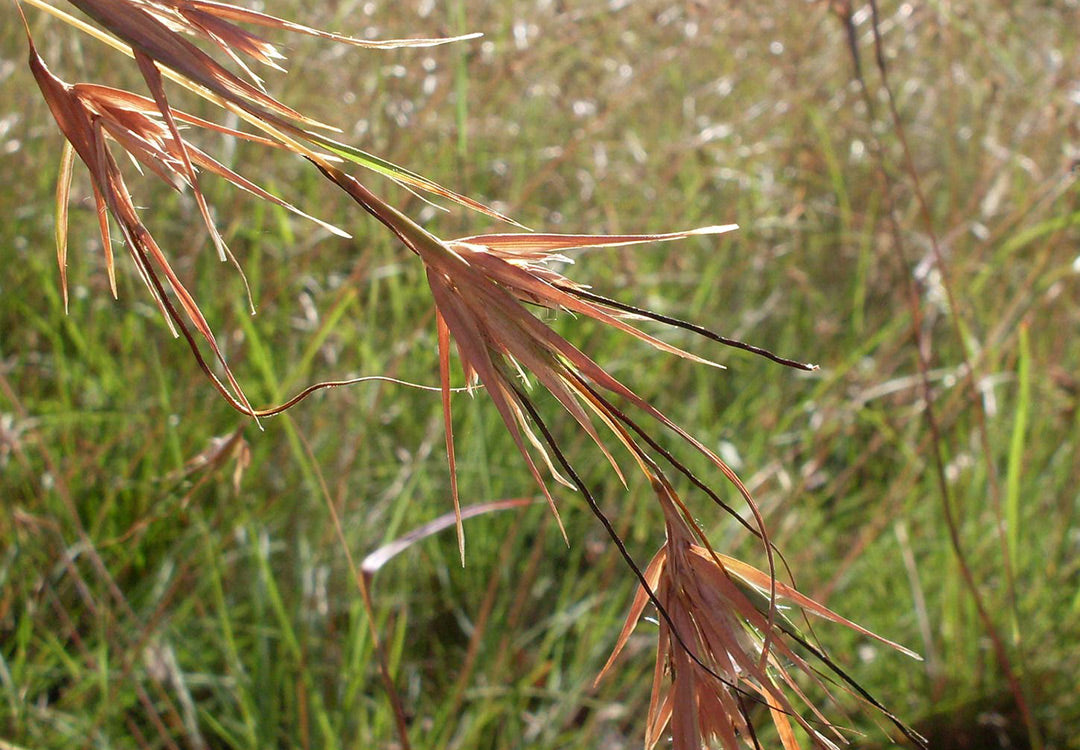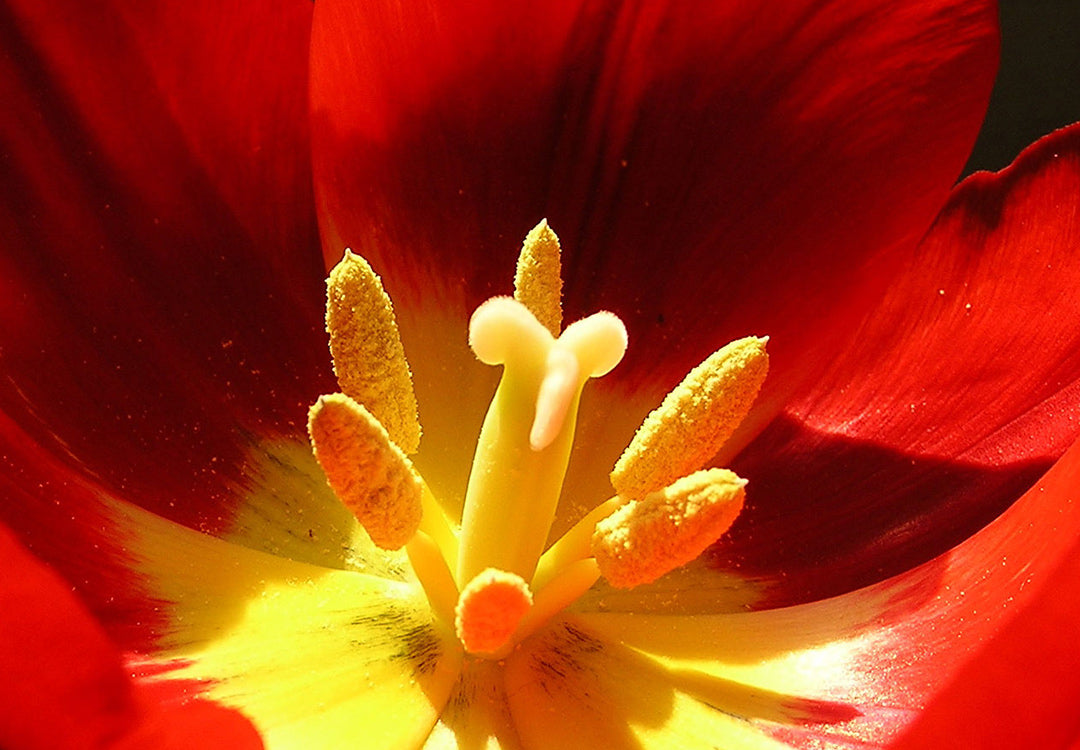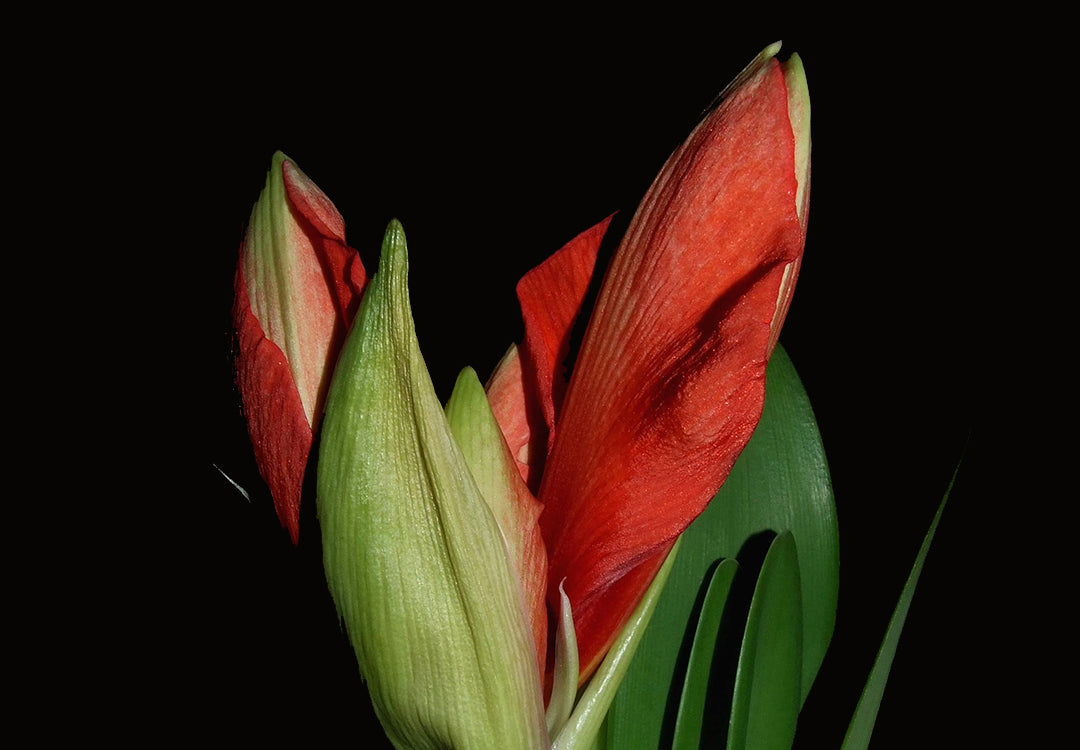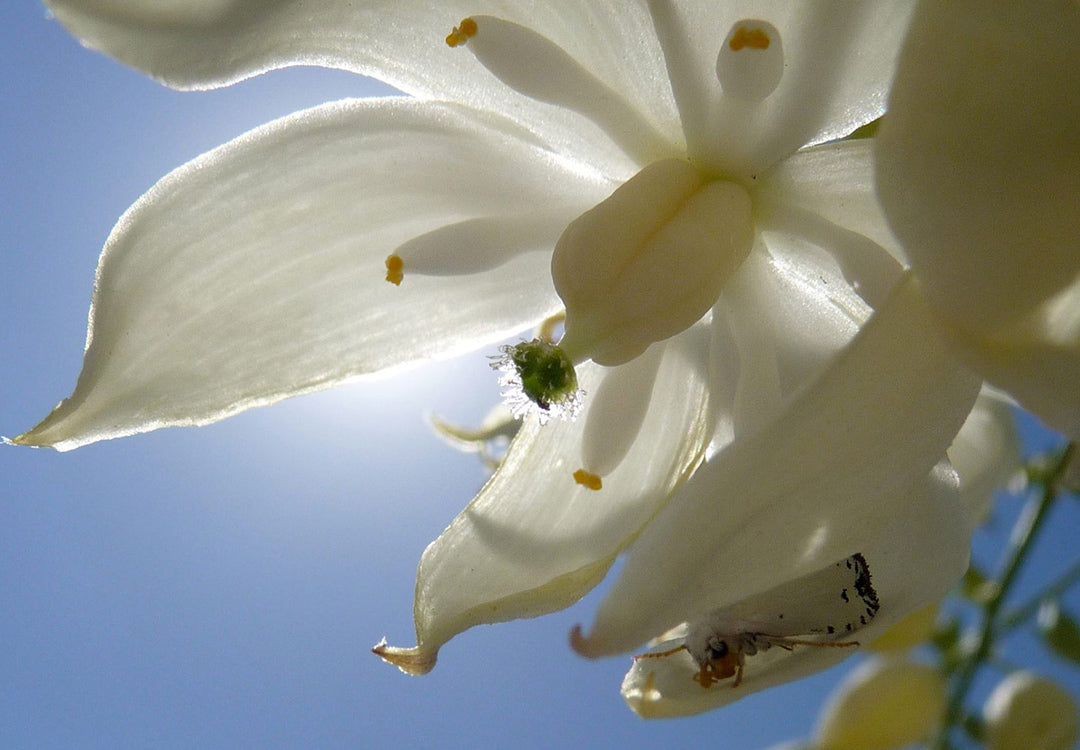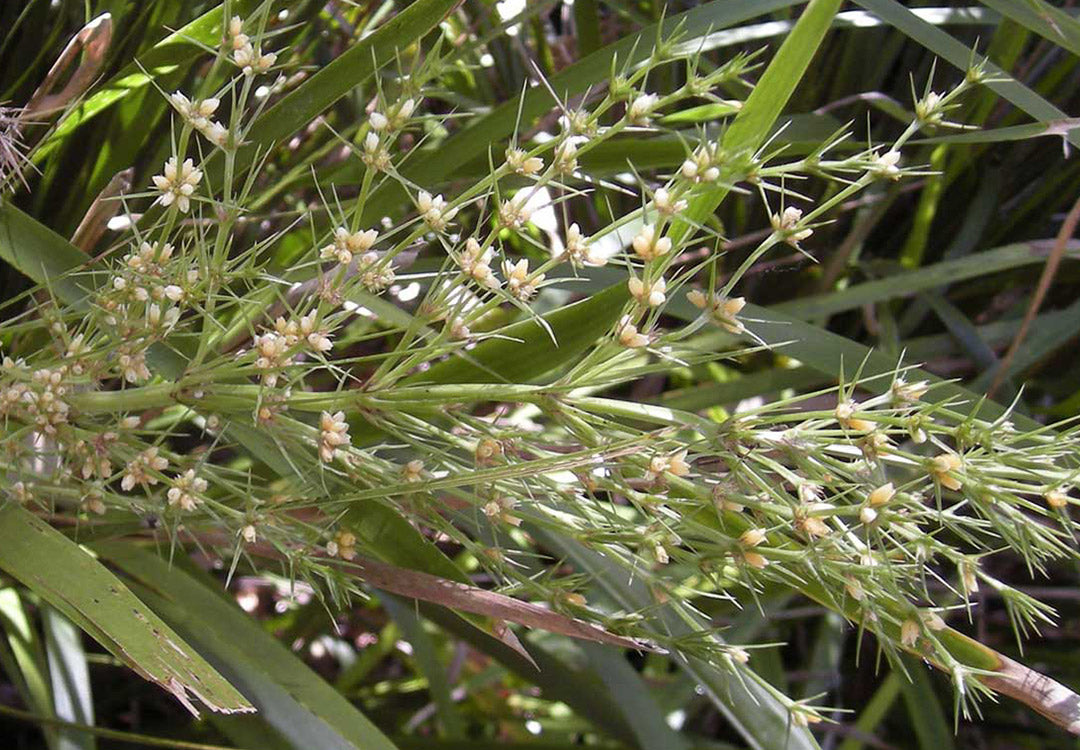How To Encourage Soil Biodiversity In The Garden & 8 Types Of Soil-Dwelling Organisms
If you’d like to encourage a wider variety of organic life in your soil, there are a few key things you’re going to want to provide for them in the soil. Healthy soil-dwelling organisms want access to air, water, organic matter, minerals, enough light (but not too much), the right pH, the right temperature, as well as “companion” organisms (which
Continue reading
